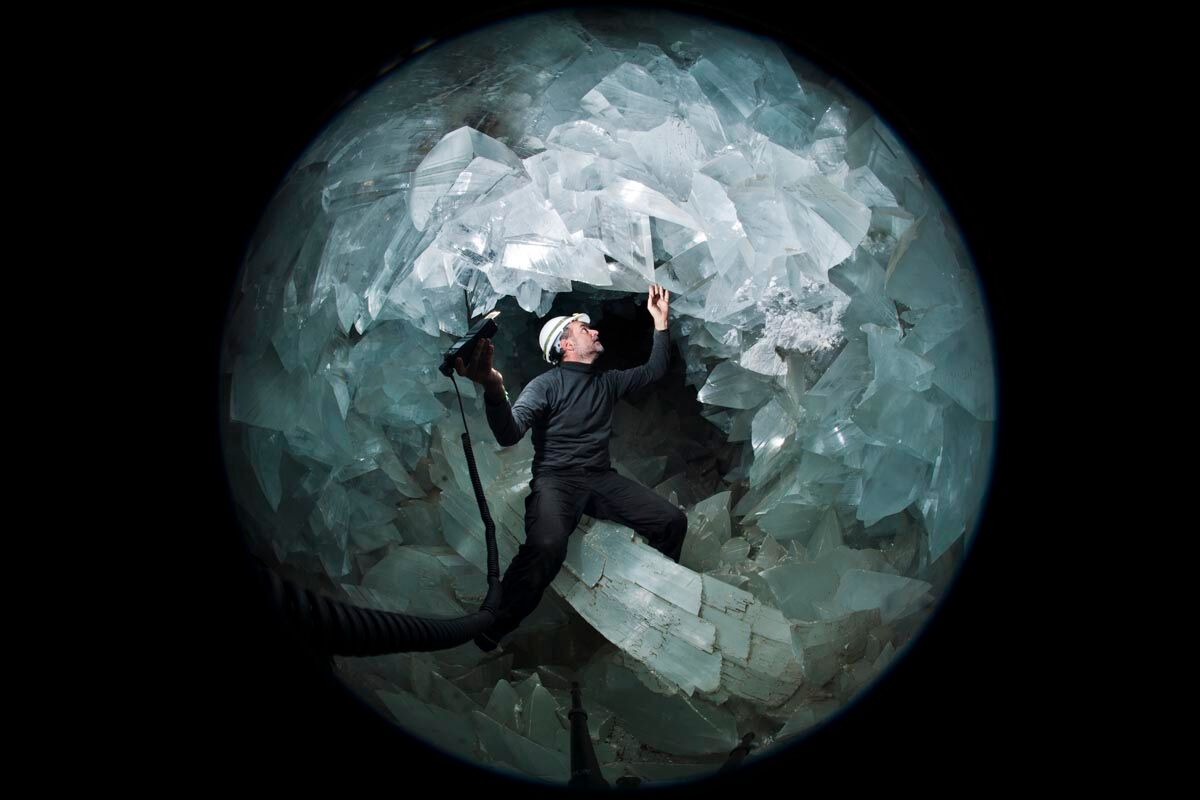When you buy through links on our situation , we may earn an affiliate delegacy . Here ’s how it work .
Scattered along the seafloor , dense clusters of large metallic element lubber have been discovered by scientists trolling for deep - ocean fauna between South America and Africa
The gas constant / V Sonne , a German research ship , was several hundred miles east of Barbados when a mesh net income intend to capture marine living instead bring up balls of manganese ore that were bigger than softball . A remote camera later revealed that the seafloor was littered with these round manganese nodules , some the size of bowling ball . [ photo : The World ’s Weirdest Geological Formations ]

Manganese nodules found in the tropical Atlantic Ocean.
" I was surprised , because this is loosely not the place you think of for manganese nodule , " state Colin Devey , chief scientist for the expedition and a volcanologist at the GEOMAR Helmholtz Centre for Ocean Research in Kiel , Germany .
This is the largest piece of manganese nodules ever receive in the Atlantic , Devey said .
Manganese noduleshave been found in every sea , but are most mutual in the Pacific Ocean . The metal hunk , which most often look like hotcake , are shape of bed upon bed of alloy ore that lento crystallizes around a core . The core may be a fogey , a sway or fragment of another nodule .

Manganese nodules discovered on the deep seafloor in January 2015.
" These were very , very circular , which is strange , " Devey said . " They usually look like cow flops . "
Scientists cogitate the nodules uprise very tardily , pad themselves by less than an inch ( 1 cm ) in a million twelvemonth . The turgid nodules found by the R / V Sonne scientists could be as old as 10 million years , Devey said . Because the spheres are so onetime , they could provide a record of preceding mood change , he total .
In the 1970s , manganese nodules capture the interest of researchers as a potential source of rarefied metal such as Ni , copperand cobalt , which are also sundry in with the manganese in the unusual seafloor deposits . But stake petered out because of the trouble in mine the ocean depths and the technical advances in extract ore on land .

The newly found nodule reside in water system between 16,400 feet and 18,000 ft ( 5,000 and 5,500 meters ) inscrutable .
The line of manganese nodule also remains a mystery . Popular theme let in chemic reactions in saltwater that are boosted by microbes , exchangeable activity at underwater red-hot leap and the haste of excess metal from seawater .
The research ship collected the tubercle while partway through a 42 - dayexploration of the Atlantic seafloor . The sail prepare out with a simple goal : discovery . scientist on board intended to regain out what hold up in the tropic ocean depths between South America and Africa , and whether the volcanic mountain range snaking between the continents was a roadblock to deep - ocean life . During the trip , biologist captured creatures living at uttermost astuteness , some of the deep ever sampled . geologist investigated the seafloor topography and scale tectonics along the path .

















